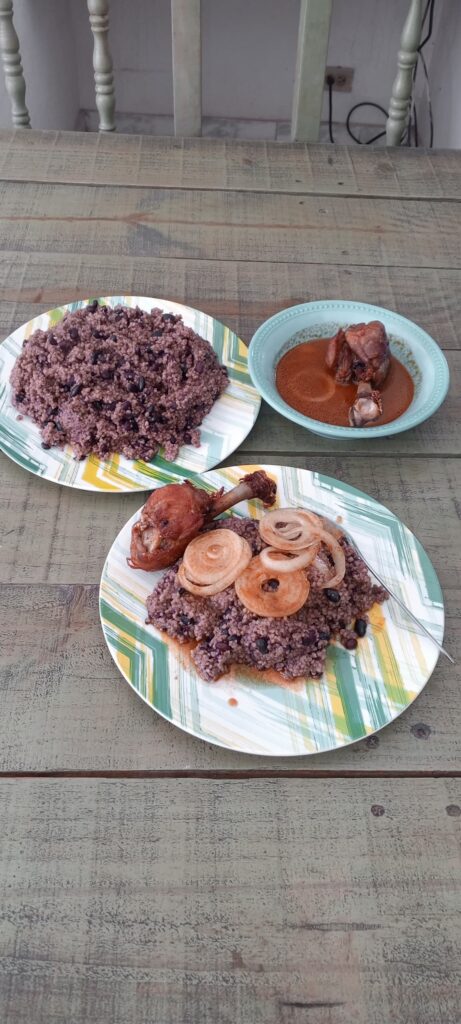Millet holds significant importance in Haitian culture, being a staple grain utilized in various ways, from making flour, alcohol and cooking meals for family gatherings. But how is millet actually made and cooked?
How is Millet Grain Made?
Millet is cultivated like any other plant in Haitian gardens. First, the land is prepared by clearing weeds and plowing. Once the rain arrives, millet seeds are sown. After about a month, weeds are removed, and the field is carefully monitored to protect the growing millet from animals. There are different varieties of millet, some taking three months to mature, like Papesek, while others, like Alizén and big millet, take around six months. When the millet plants mature, they produce clusters of seeds that ripen and dry in the heat. These clusters are then cut with a knife, and the seeds are separated from the straw by beating them with sticks. Once threshed, the millet seeds are sifted and stored.
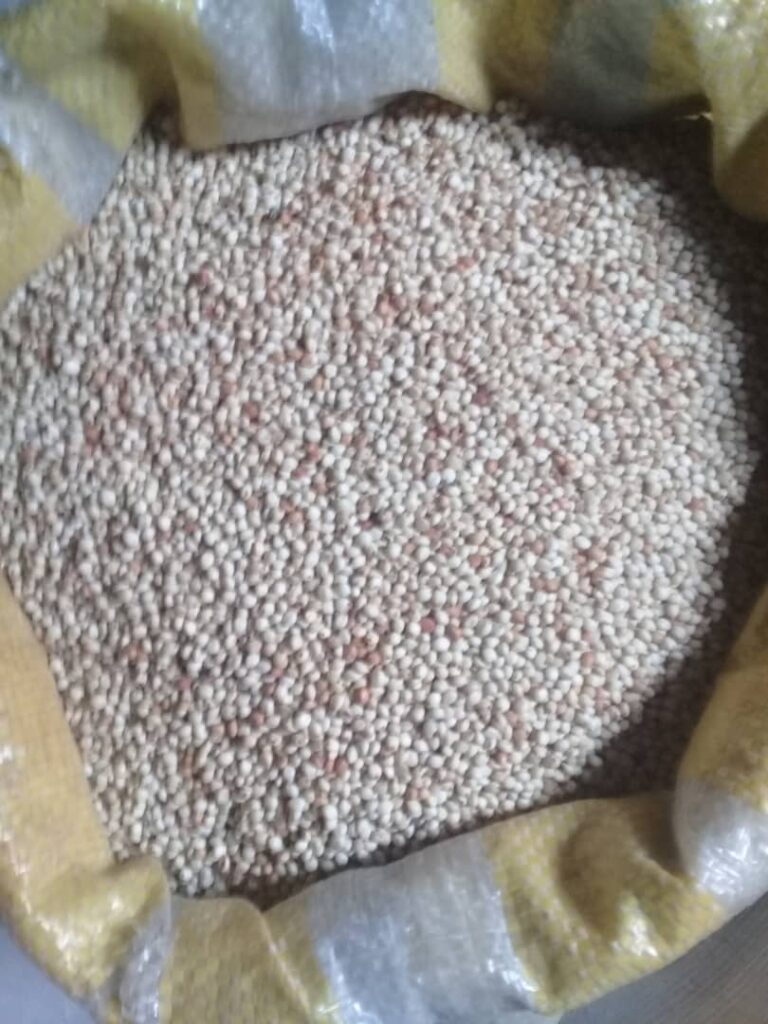

How is Millet Cooked?
To cook millet, one begins by washing the grains and pounding them in a pestle to remove any remaining straw. This process is repeated to ensure the millet is clean. Those without access to homegrown millet can purchase it from the market. Once obtained, the millet can be ground at home or bought already ground.
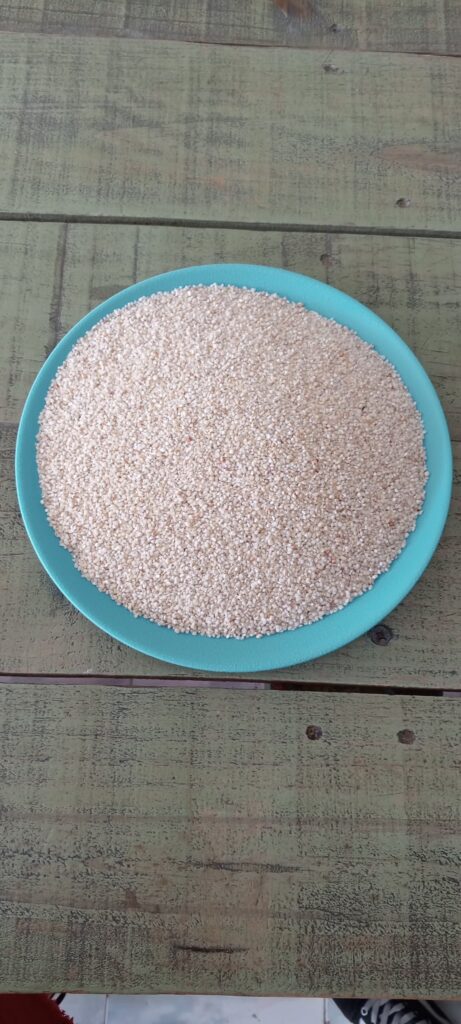
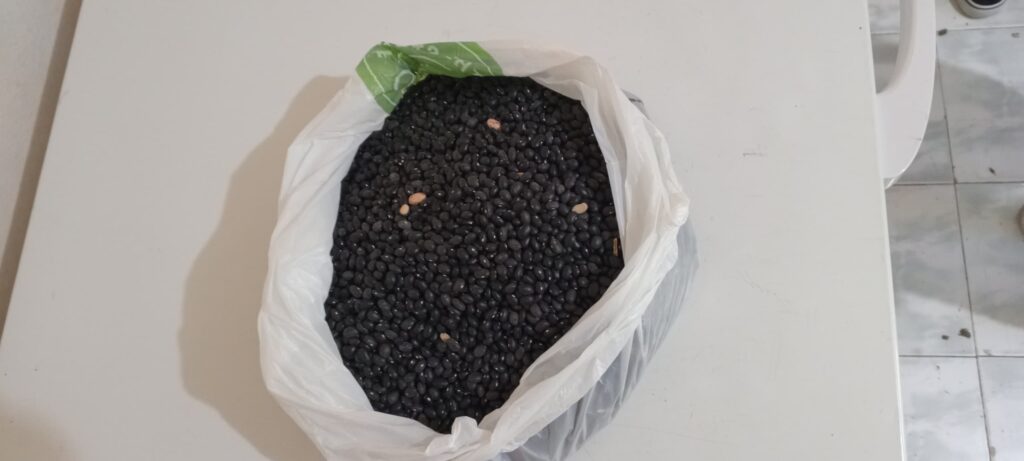
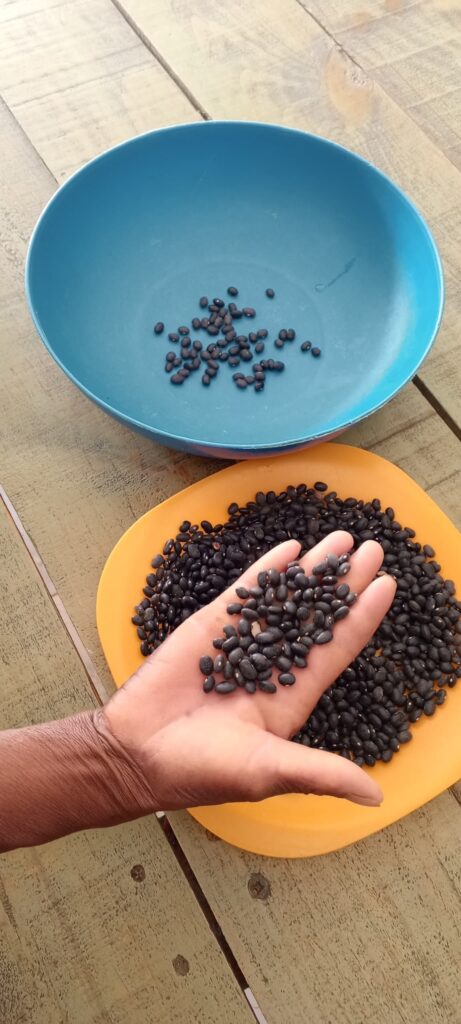
To cook millet mixed with beans, start by cleaning and boiling the beans. Once cooked, set them aside. In a separate pot, heat oil and add desired spices. Once the spices are fried, add the cooked beans along with additional spices and coconut juice. Clean the millet, then add it to the pot with boiling water. Let it simmer until the water evaporates. You can make any type of sauce to add to the meal. We added chicken to our sauce. Let it cool for 5 to 10 minutes until the dish is ready to serve.
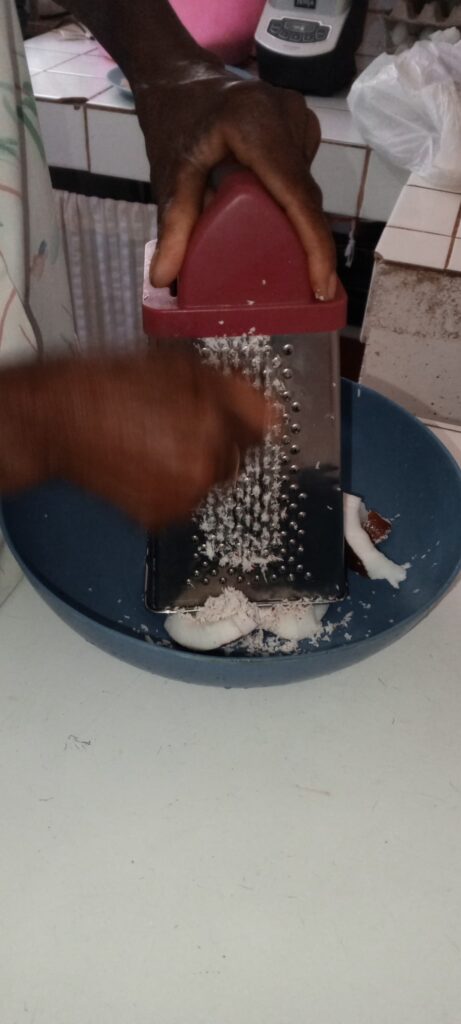
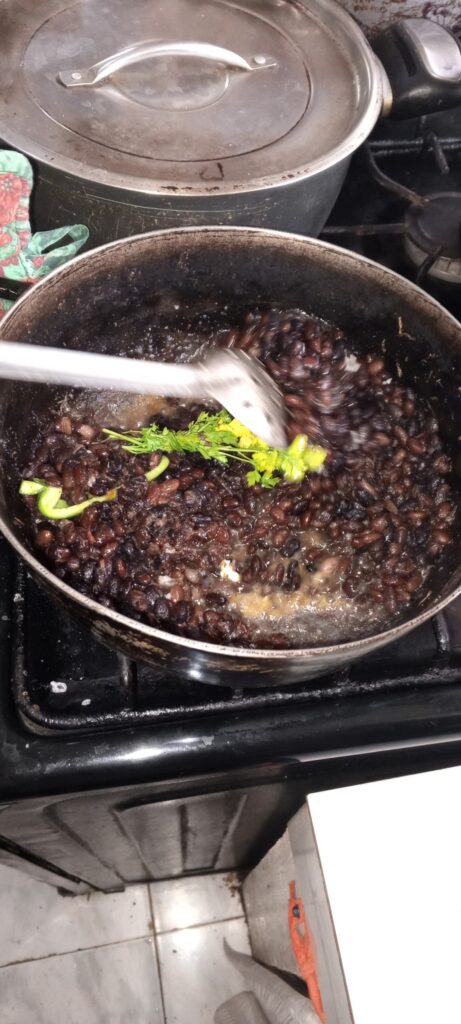
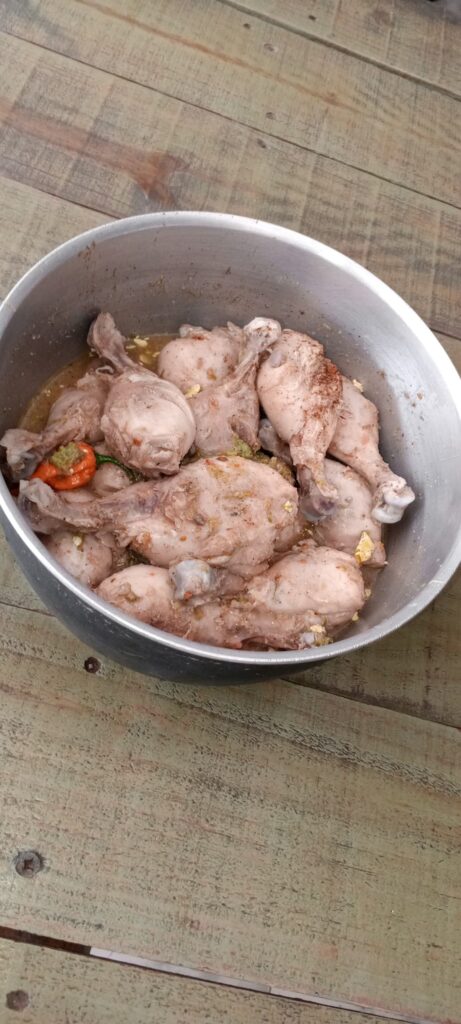
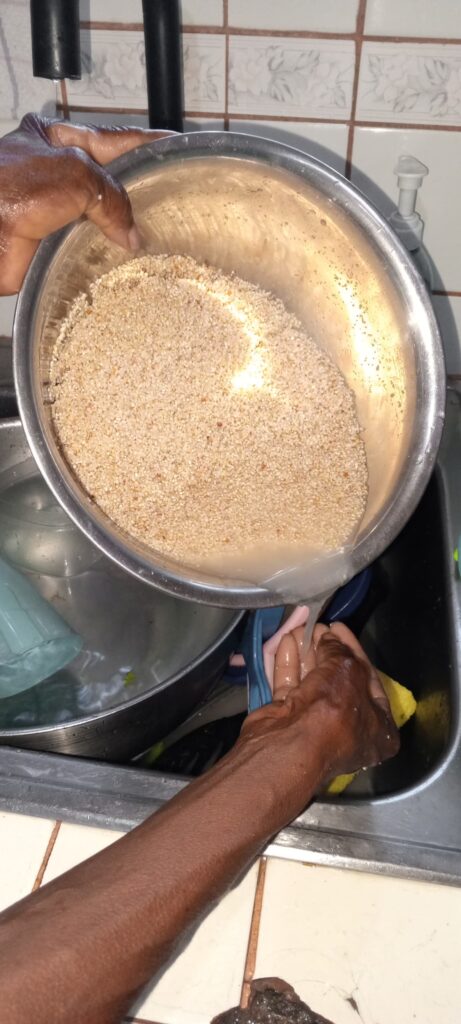
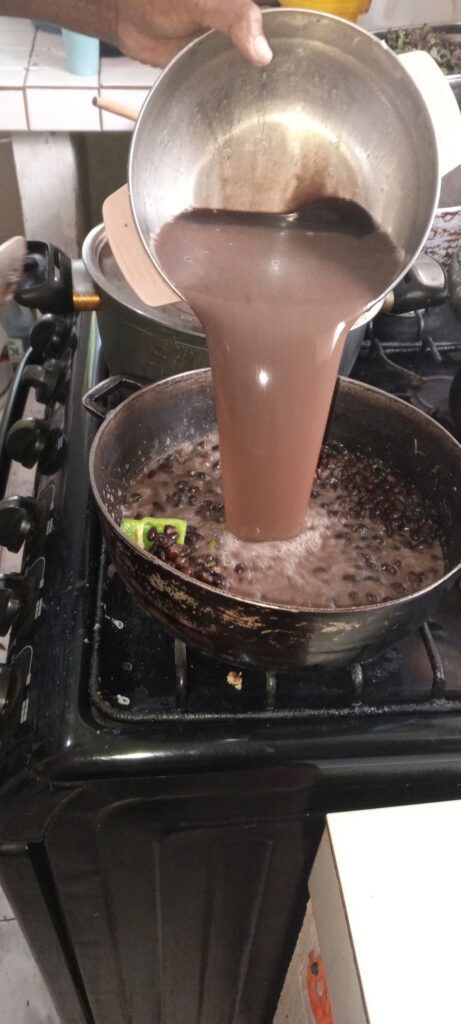
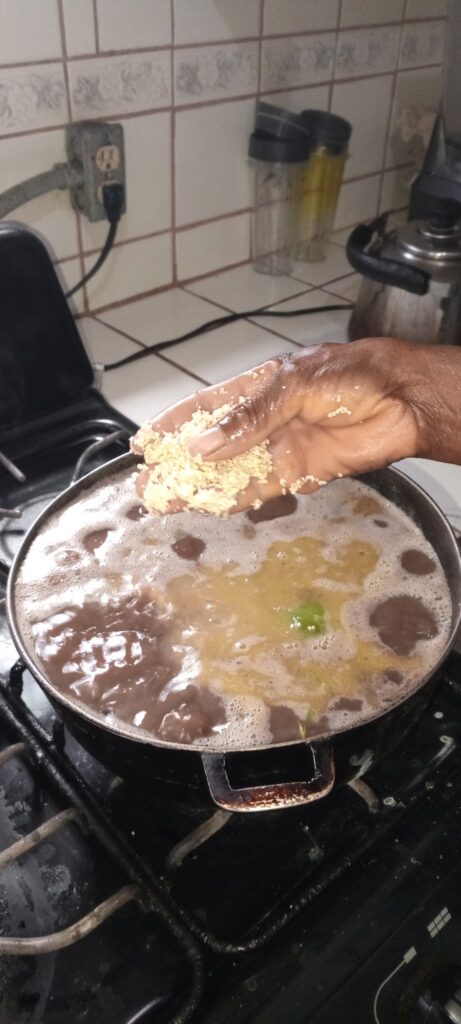
Millet not only sustains Haitian families but also embodies their rich culinary traditions, offering nourishment and connection through shared meals. This grain, with its versatility and nutritional benefits, serves as a cornerstone of Haitian cuisine, especially in rural areas where it’s a staple food for many families. In Haiti’s countryside, where agricultural practices are deeply intertwined with daily life, millet cultivation is not just about food production but also a cultural practice passed down through generations. Families come together to tend to their millet fields, celebrating the harvest with gratitude and joy. In a country where access to food can be uncertain, millet offers a reliable source of sustenance, ensuring that families can gather around the table and share meals. As Haitians continue to cherish and honor their culinary traditions, millet remains a symbol of resilience, connection, and the enduring spirit of the Haitian people.



